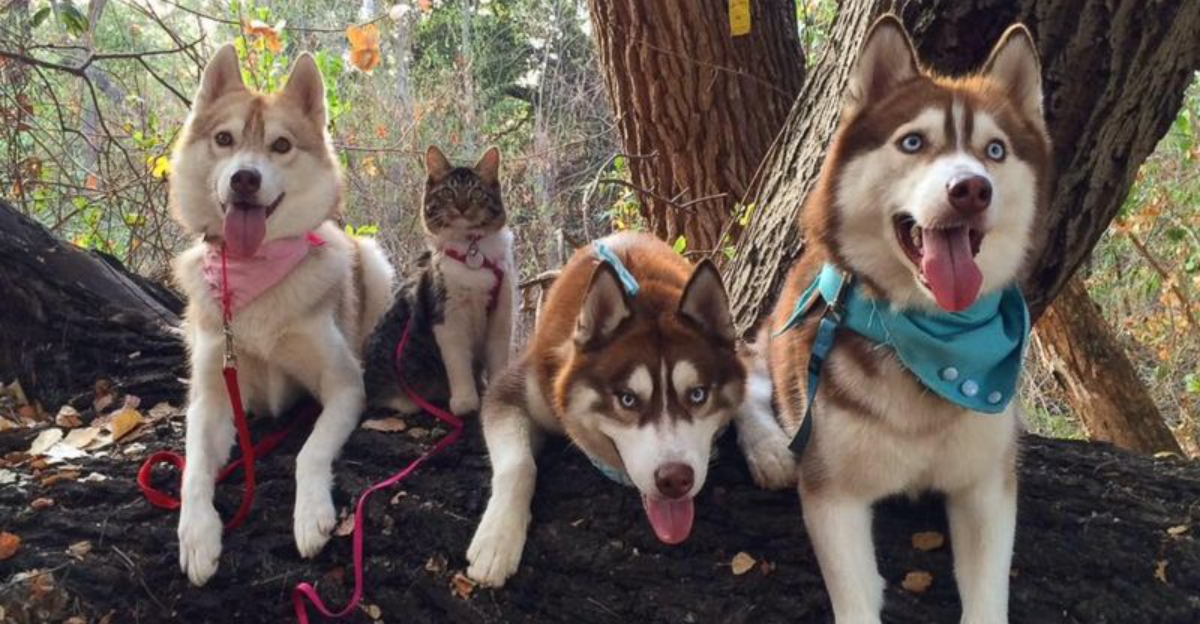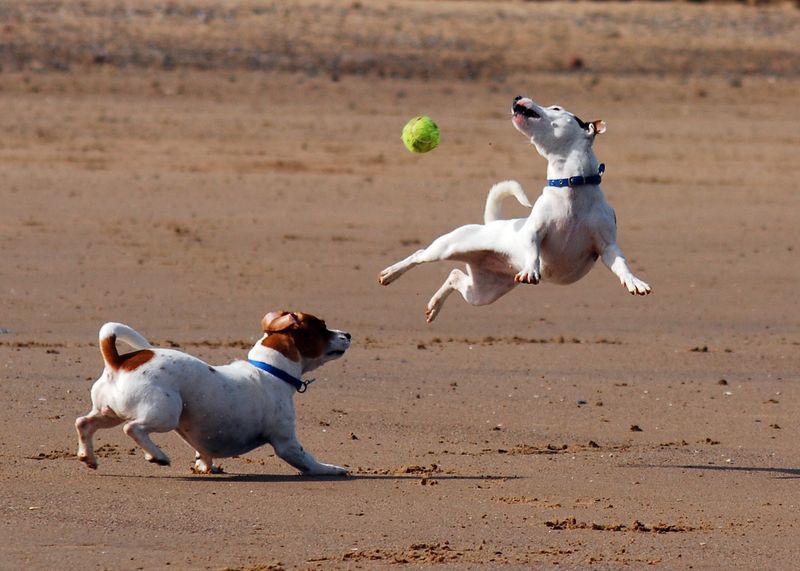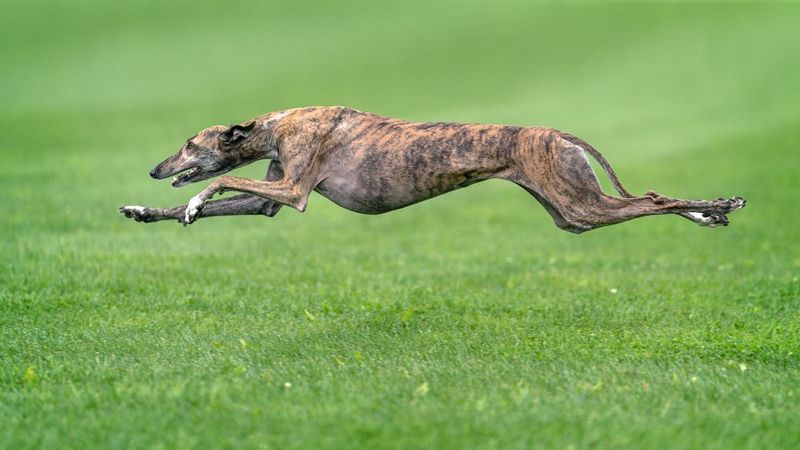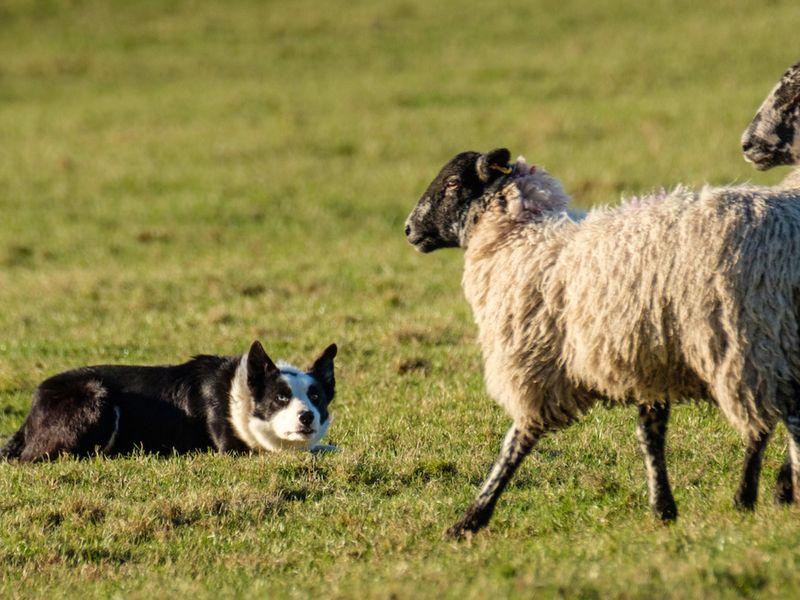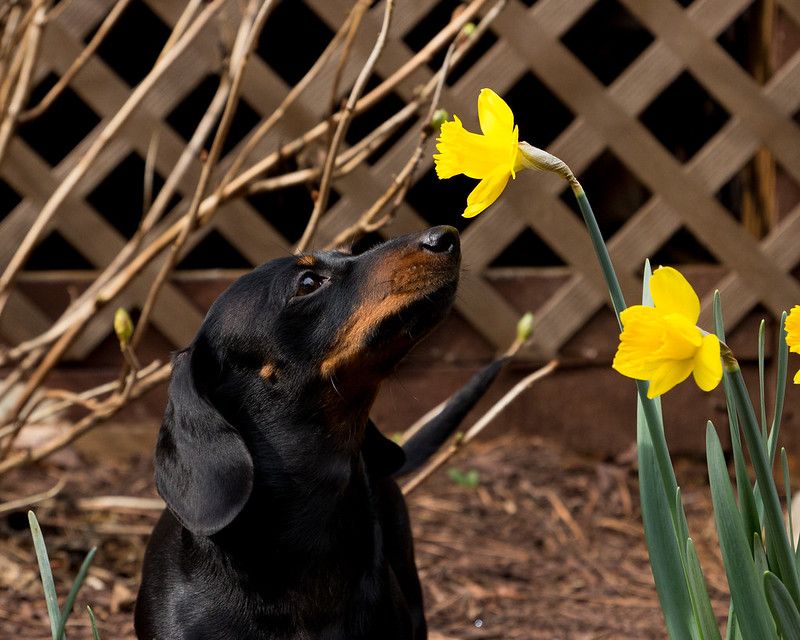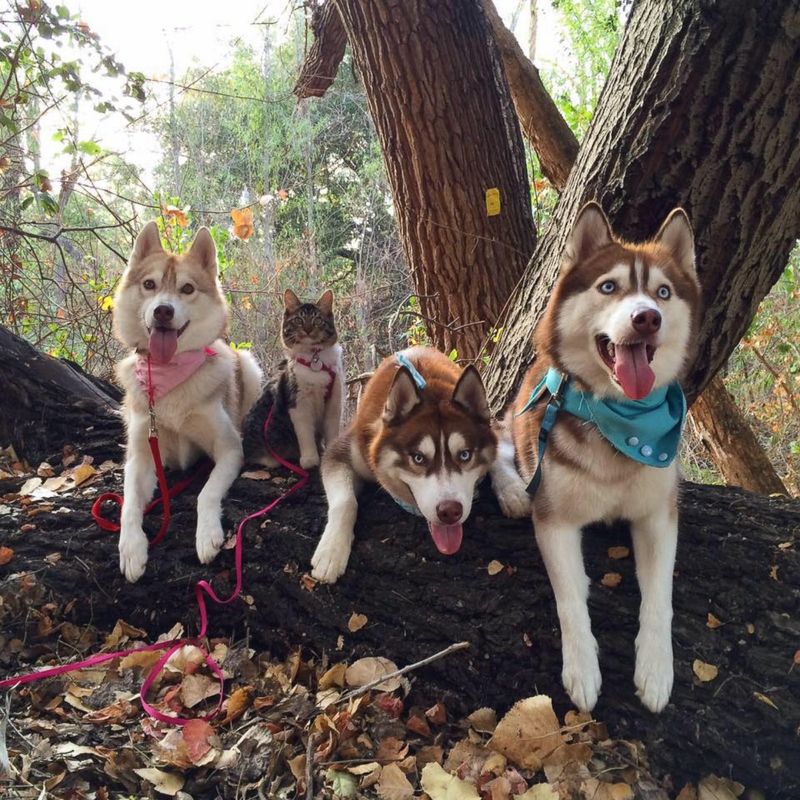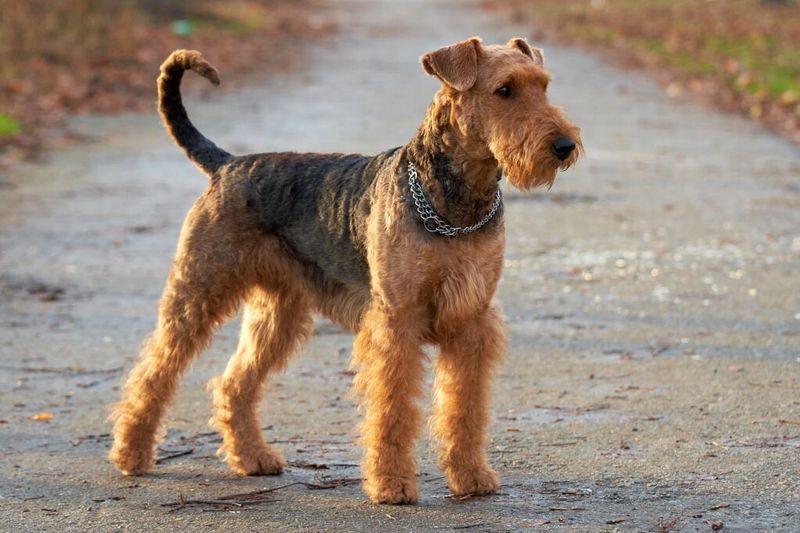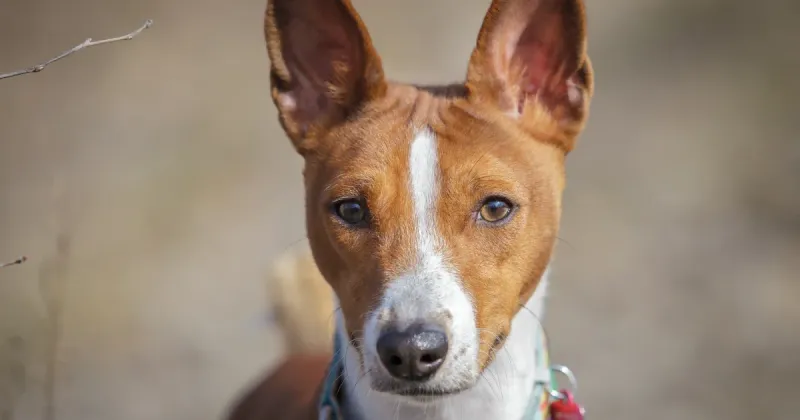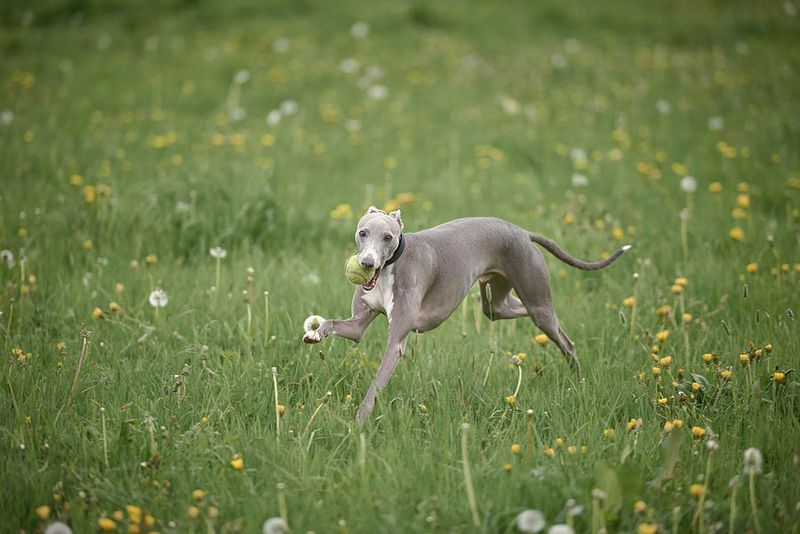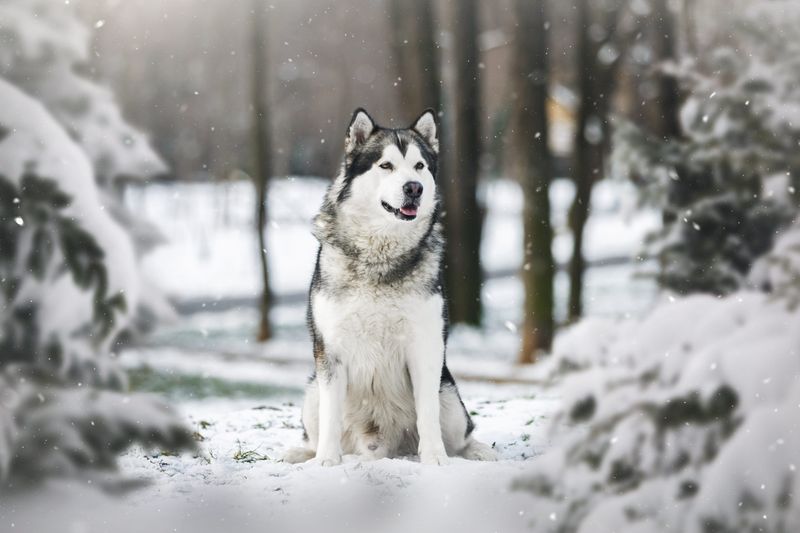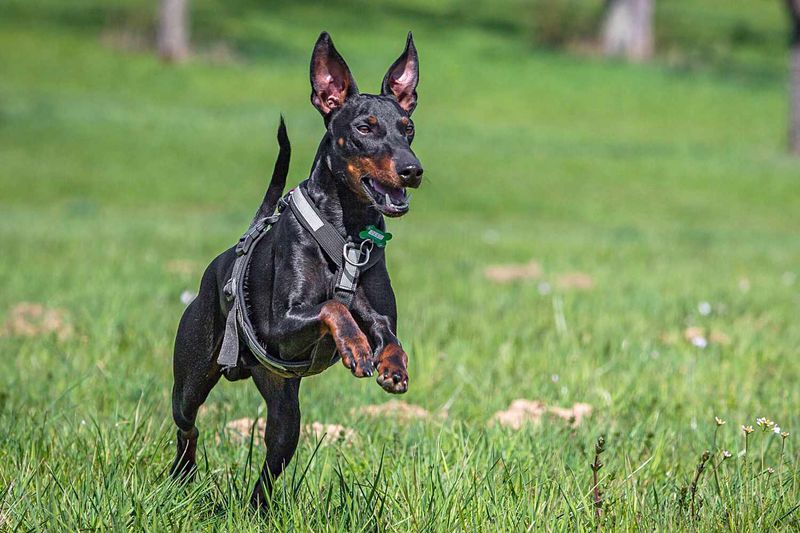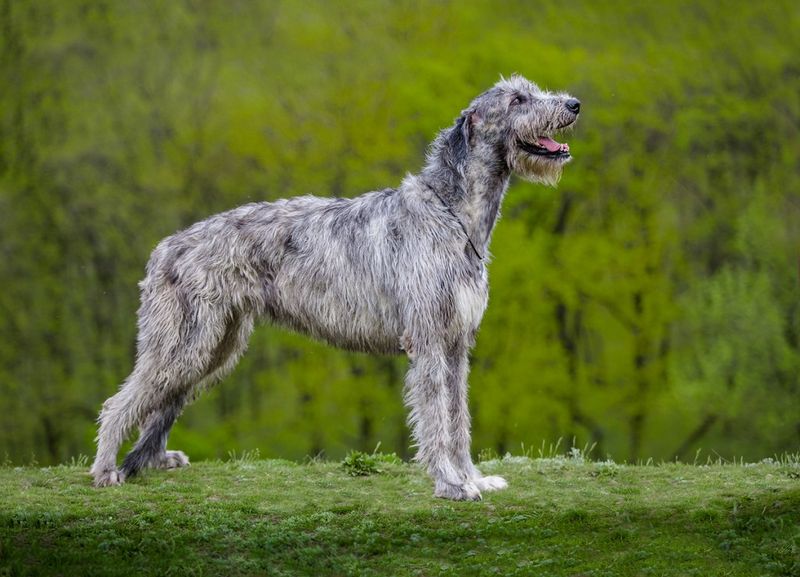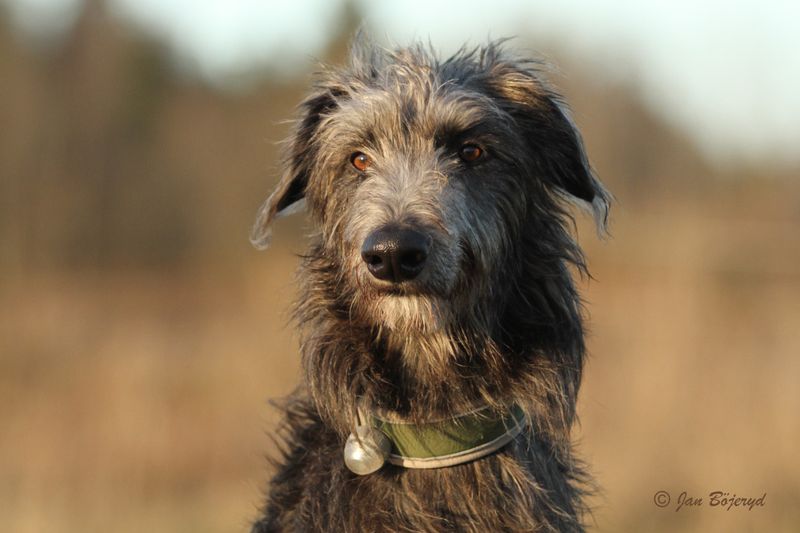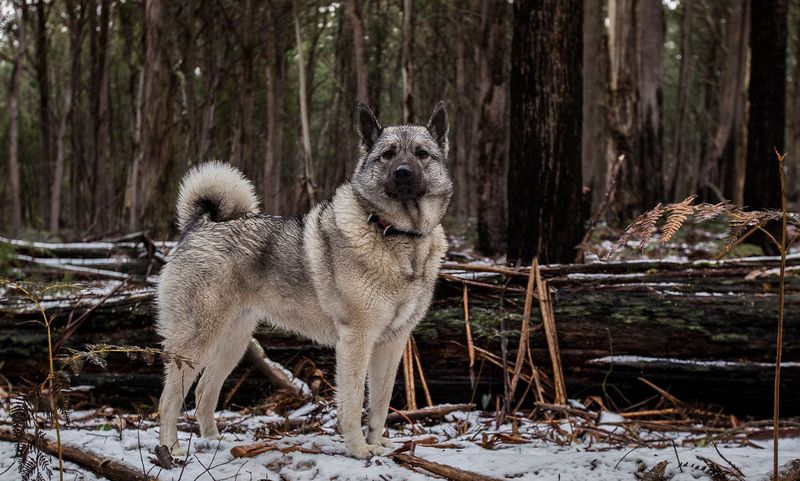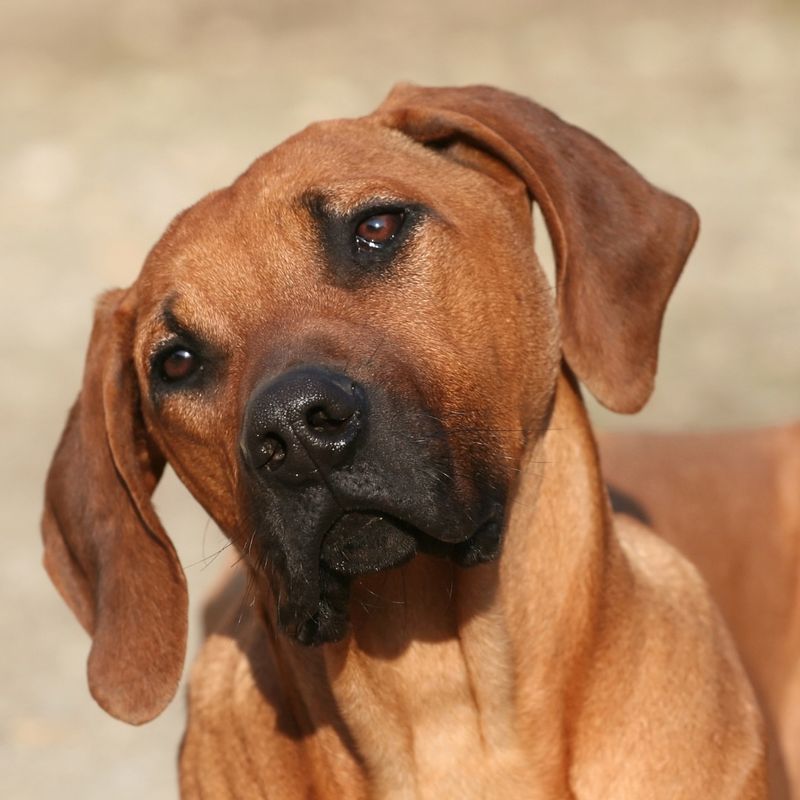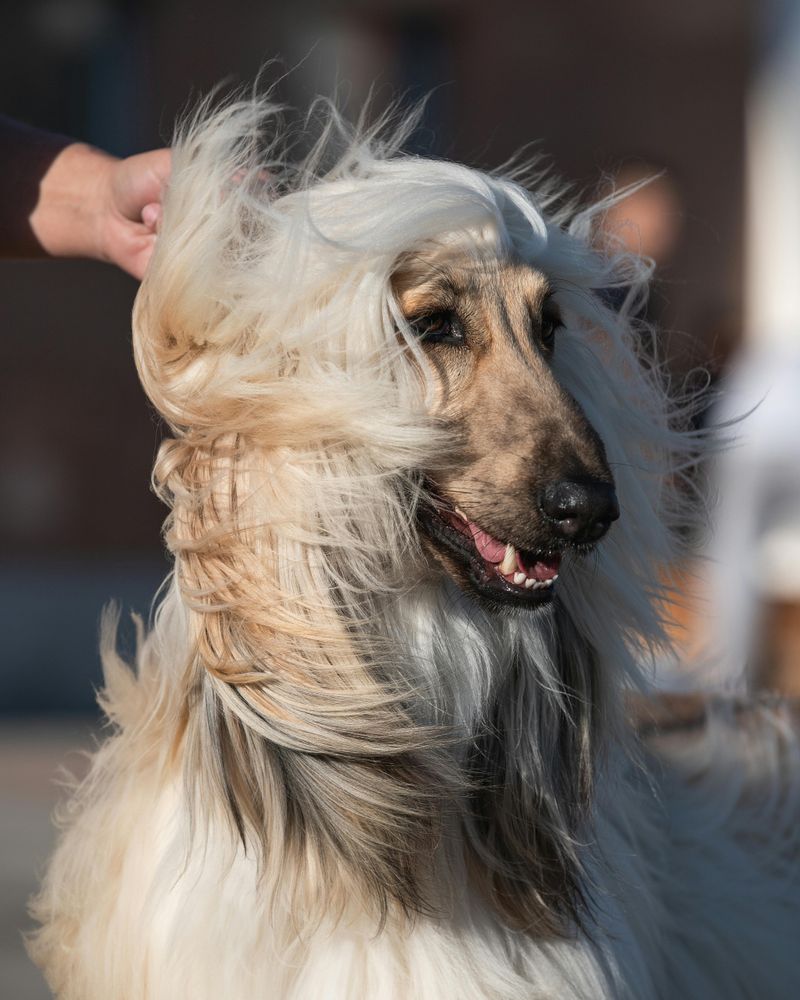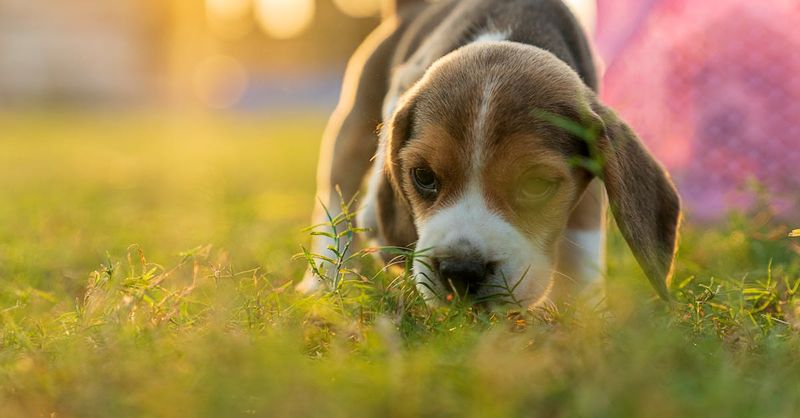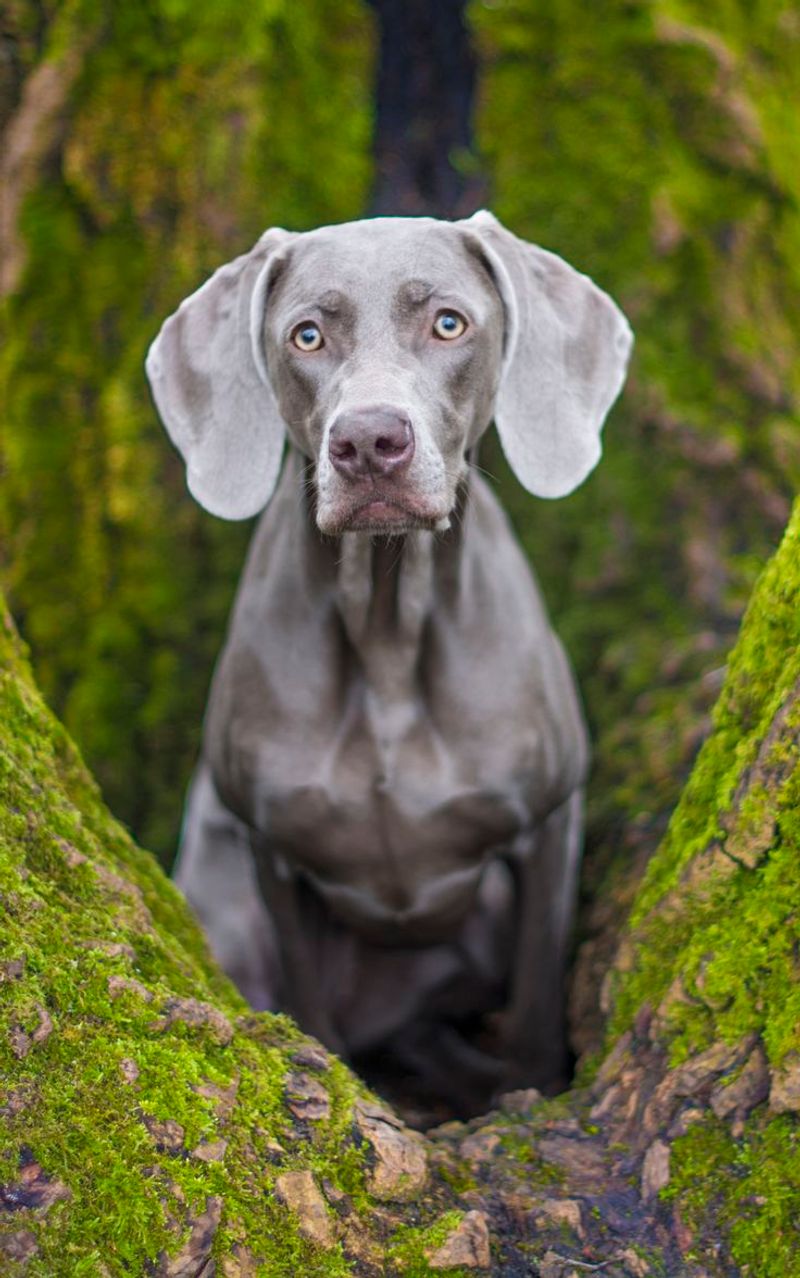Dogs are often celebrated for their loyalty, companionship, and loving nature. However, some breeds are known for their strong prey drive, which can make cohabitation with smaller pets a bit of a challenge. Understanding the instincts and behaviors of these breeds can help pet owners make informed decisions about their furry family members. Here, we explore 17 dog breeds that may struggle to get along with smaller pets due to their high prey drive.
Jack Russell Terrier
Small but mighty, the Jack Russell Terrier is a bundle of energy and enthusiasm. Bred for hunting and digging, these little dogs have an incredible prey drive that can make them quite a handful. Their quick reflexes and determination often lead them to chase anything that moves, especially smaller pets like rodents or birds. Jack Russells are intelligent and need mental stimulation to keep them engaged. Training and patience are key to managing their instincts, ensuring they remain a beloved, albeit spirited, member of the family.
Greyhound
Known for their incredible speed and elegance, Greyhounds are the track stars of the canine world. Originally bred for coursing game and racing, their prey drive is naturally strong. While they are gentle and affectionate at home, their sight and speed can lead them to pursue smaller animals at a moment’s notice. Greyhounds thrive in environments where they can run freely but safely. Proper training and a secure yard are crucial to prevent them from following their instincts to chase, ensuring a harmonious home with other pets.
Border Collie
Renowned for their intelligence and work ethic, Border Collies are exceptional herding dogs. Their sharp minds and boundless energy make them excellent companions for active families. Originally bred for herding livestock, their instinct to chase and control can extend to smaller pets. While they mean no harm, their enthusiasm can be overwhelming for more delicate animals. Engaging them in activities that channel their instincts, like agility training, can help manage their natural urges, ensuring they remain focused and content.
Dachshund
With their long bodies and short legs, Dachshunds are uniquely adorable. Originally bred for hunting badgers, they have an instinctual drive to dig and chase small animals. Their keen sense of smell and determination can sometimes lead them astray when they catch a scent. While they are affectionate and loyal companions, their hunting instincts may pose a challenge around smaller pets. Providing them with toys that satisfy their need to dig and hunt can help reduce the urge to chase.
Siberian Husky
With their wolf-like appearance and boundless energy, Siberian Huskies are captivating creatures. Known for their stamina and strength, these dogs were originally bred for sled pulling and hunting, which means they have a strong prey drive. Their keen instincts and curiosity can often lead them to chase smaller animals, sometimes mistaking them for prey. Despite their friendly nature, their urge to hunt can be overwhelming. It’s essential to supervise interactions with smaller pets to ensure everyone’s safety. Huskies need activities to channel their energy positively and curb their chasing tendencies.
Airedale Terrier
The Airedale Terrier, often known as the “King of Terriers,” is both confident and courageous. With a background in hunting and guarding, they possess a strong prey drive. Their intelligence and independence can sometimes lead to stubbornness, especially when they catch sight of a smaller animal. Training and socialization from an early age are essential to manage their instincts and ensure they behave well around other animals. Providing them with structured play and mental challenges keeps their focus and energy in check.
Basenji
Known for their distinctive yodel-like bark, the Basenji is an independent and intelligent breed. Originating from Africa, they were used for hunting, which explains their strong prey drive. Though they’re affectionate with their owners, their curiosity and keen senses can lead them to chase smaller animals. Basenjis are known for being escape artists, so secure environments are crucial. Engaging their minds with puzzles and games can help manage their instincts, ensuring they remain happy and content at home.
Whippet
Elegant and swift, the Whippet is a smaller cousin to the Greyhound. Known for their speed and agility, these dogs have a prey drive that’s hard to resist. While they are loving and gentle with their families, their instinct to chase can be triggered by smaller animals. Whippets thrive in spaces where they can run freely but are safe from traffic and wildlife. Providing them with plenty of exercise and affection helps keep their chasing tendencies in check, making them well-rounded companions.
Alaskan Malamute
Majestic and strong, the Alaskan Malamute is built for endurance and power. Originally bred for sledding and hunting, they have a strong prey drive that can be a challenge around smaller pets. Their independent nature and intelligence mean they require firm training and socialization from a young age. While they are affectionate with their families, their instincts can take over in certain situations. Providing them with mental and physical challenges helps keep their focus, ensuring a harmonious household with other animals.
Manchester Terrier
The Manchester Terrier, with its sleek build and lively personality, is a quick and agile companion. Originally bred for rat chasing, they have a strong prey drive that persists today. While they’re affectionate and loyal, their focus can quickly shift to chasing small animals or birds. Managing their natural instincts requires training and mental stimulation to keep them engaged. Activities like fetch and agility can provide the exercise they need, ensuring they remain content and happy with their families.
Irish Wolfhound
With a commanding presence, the Irish Wolfhound is one of the tallest dog breeds. Known for their noble and gentle nature, they have a history of hunting large game. Their size and instincts can make them a risk around smaller pets, despite their generally calm demeanor. Providing ample space and exercise helps manage their energy and prey drive. Training and socialization from a young age are crucial to ensure they coexist peacefully with other animals, maintaining their reputation as gentle giants.
Scottish Deerhound
The Scottish Deerhound, with its regal appearance and shaggy coat, is a sight to behold. Originally bred for hunting deer, their prey drive is naturally high. While they are calm and gentle at home, their instinct to chase can be triggered by smaller animals. Deerhounds thrive in open spaces where they can run safely and freely. Engaging them in regular exercise and providing mental challenges helps keep their instincts in check, ensuring they remain content and balanced companions.
Norwegian Elkhound
The Norwegian Elkhound, with its robust build and dense coat, is a hunter at heart. Originally bred for tracking and hunting large game, they have a strong prey drive. Their independent nature and keen senses can lead them to chase smaller animals. While they are loyal and loving, managing their instincts requires consistent training and boundaries. Providing them with activities that challenge their minds and bodies helps curb their chasing tendencies, ensuring a harmonious household with other pets.
Rhodesian Ridgeback
With a striking ridge of hair along its back, the Rhodesian Ridgeback is a symbol of strength and endurance. Bred to hunt lions in Africa, their prey drive is understandably strong. While they are affectionate with their families, their instincts can lead them to chase after smaller animals. Providing them with regular exercise and firm training helps manage their natural urges. Engaging their minds with interactive toys and activities ensures they remain content and well-behaved companions.
Afghan Hound
Graceful and aloof, the Afghan Hound is known for its distinctive appearance and independent nature. Originally bred for hunting in rugged terrains, they have a high prey drive. Their aloofness can sometimes be mistaken for disinterest, but their instincts are sharp, often leading them to chase smaller animals. Providing them with plenty of exercise and mental stimulation is key to managing their natural urges. With the right environment and training, they can be affectionate and loyal companions.
Beagle
The Beagle, with its expressive eyes and floppy ears, is a beloved family pet. Bred for hunting small game, their sense of smell and curiosity are unparalleled. This drive can sometimes lead them into trouble, especially when they catch an enticing scent. Managing their instincts requires patience, training, and plenty of mental engagement. Activities like scent trails and games can help keep their minds occupied, ensuring they remain happy and well-behaved members of the family.
Weimaraner
With their striking silver coats and piercing eyes, Weimaraners are both beautiful and energetic. Bred for hunting, they have a strong prey drive that can be a challenge around smaller animals. Their intelligence and energy make them excellent companions, but they require consistent training and exercise to manage their instincts. Providing them with activities that challenge both their minds and bodies is crucial. With the right guidance and environment, Weimaraners can be loyal and affectionate family members.
